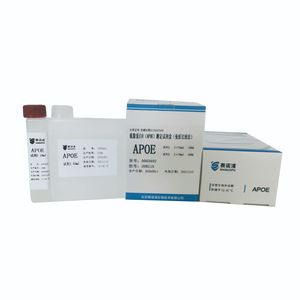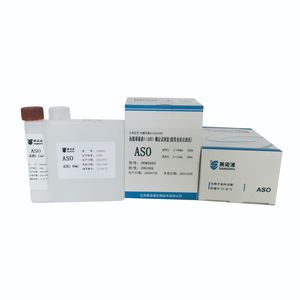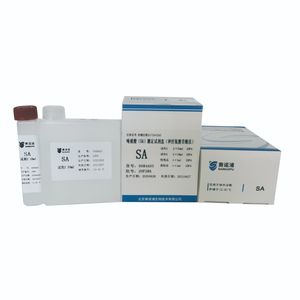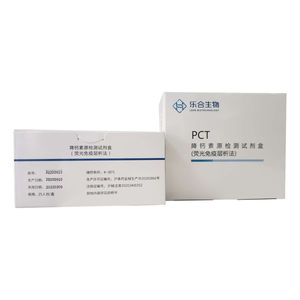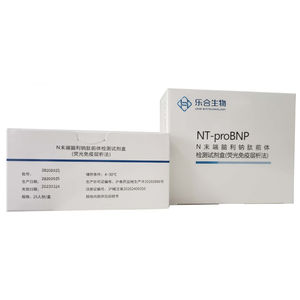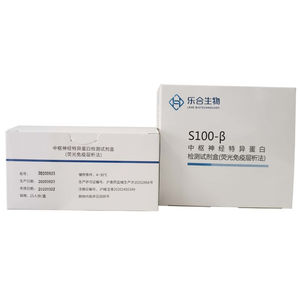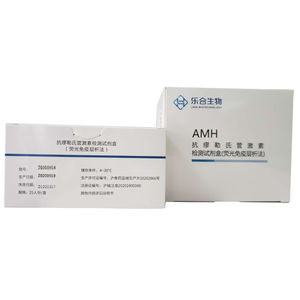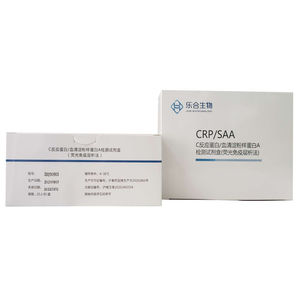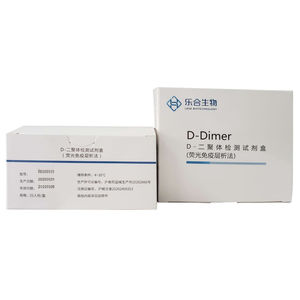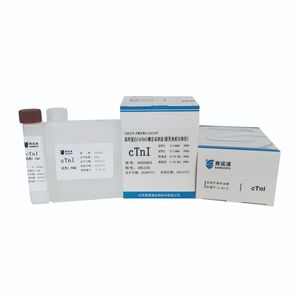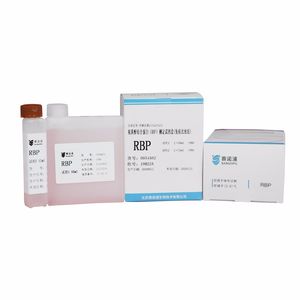
- Laboratory
- Laboratory medicine
- Solution reagent
- Beijing sainuopu Biotechnology Co., Ltd

- Products
- Catalogs
- News & Trends
- Exhibitions
Solution reagent kit 20162400221tissuecalibrationliquid
Add to favorites
Compare this product
Characteristics
- Type
- solution
- Applications
- tissue, calibration
- Format
- liquid
- Tested parameter
- lipoprotein
Description
It is used to quantitatively detect the content of lipoprotein a in human serum in vitro.
Lipoprotein A is now considered to be an independent risk factor for atherosclerosis. Increased levels are seen in ischemic heart disease, cerebrovascular disorders, peripheral atherosclerosis, diabetes, kidney disease, connective tissue disease, etc. The significance of the reduction is unclear.
【Testing Principle】
Lipoprotein a in serum samples binds to anti-human lipoprotein a antibody bound to the surface of latex particles to produce an antigen-antibody reaction and agglutinate latex particles. The agglomeration of latex particles increases the turbidity of the reaction solution, which is measured by the change of absorbance at 700 nm. A calibration curve of absorbance for concentration can be established by measuring a series of calibration products. The concentration of lipoprotein a in samples can be determined by comparing with the calibration curve.
【Test Method】
1. Reagent preparation: liquid double reagent, no need to prepare direct use.
2. Test conditions:
The test environment is not more than 95% at temperature (15-37)degrees Celsius and relative humidity.
3. Calibration procedures:
3.1 The matching calibrator is used. The calibrator is liquid and can be used directly.
3.2 A series of calibration products were prepared by diluting the calibration products with deionized water according to the table below.
3.3 The calibration curve is established in the non-linear mode (see the attached page for the specific mode of different instruments).
Other Beijing sainuopu Biotechnology Co., Ltd products
Products
Related Searches
- Solution reagent kit
- Protein reagent kit
- Diagnostic reagent kit
- Laboratory reagent kit
- Histology reagent kit
- Immunology reagent
- Antibody
- Buffer solution reagent kit
- Quality control reagent kit
- Bacteria reagent kit
- Blood sample reagent kit
- Tissue reagent kit
- Serum reagent kit
- Enzyme reagent
- Monoclonal antibody reagent kit
- Calibration reagent kit
- Antibody reagent kit
- Vitamin reagent kit
- Immunoturbidimetric reagent kit
- Cholesterol reagent kit
*Prices are pre-tax. They exclude delivery charges and customs duties and do not include additional charges for installation or activation options. Prices are indicative only and may vary by country, with changes to the cost of raw materials and exchange rates.



